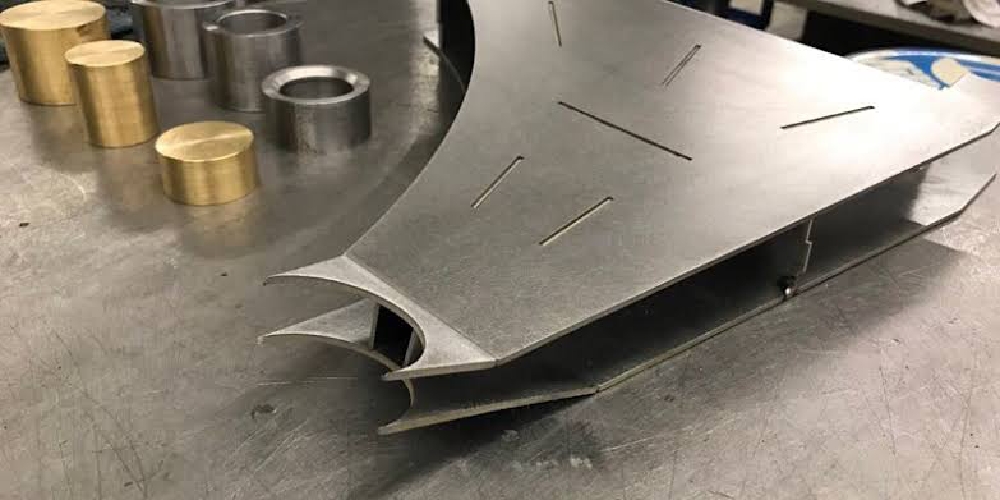Prototyping using aluminium sheet metal is a manufacturing technique used to make models for components or goods made of the material. Before going to mass production, engineers and designers must test and fine-tune their designs using prototypes, which is a crucial phase in the product development process.
Aerospace, automotive, electronics, and medical devices are just a few of the industries that might benefit from using Aluminium sheet metal prototypes. The advantages of using aluminium sheet metal for prototyping include the material’s strength and lightweight, as well as the capacity to produce high-quality prototypes rapidly and correctly.
What Is Sheet Metal Prototyping?
Sheet metal prototyping is a process that involves the creation of a preliminary version or model of a sheet metal component or product. This can be done using a variety of techniques, such as 3D printing, CNC machining, or manual fabrication.
However many individuals might not be aware that the essential process known as “nesting” is in fact an aspect of sheet metal prototyping. Nesting is the process of carefully planning the placement of the sheet metal parts on the raw material sheet to reduce waste and increase productivity.
The engineer or technician in charge of the sheet metal prototype will utilise specialist software during the nesting process to arrange the various sections that will be cut from the sheet metal in a way that reduces the amount of scrap that is produced after cutting. This decreases material waste while simultaneously reducing production costs and time.
How are aluminium sheets made?
Rolling is the method used to produce aluminium sheets. The following are the fundamental stages involved in producing aluminium sheets:
- Casting: Making aluminium ingots is the first step in the production of aluminium sheets. Aluminium is melted in a furnace and then poured into a mold to cool and solidify to create these ingots.
- Preheating: The aluminium ingots are heated in a furnace to a temperature of roughly 500°C to 600°C once they have cooled and solidified. The metal becomes softer and more flexible as a result of this process, making it simpler to shape.
- Rolling: After passing through a rolling mill, the preheated aluminium ingots are subsequently flattened into sheets. The aluminium ingots are compressed by a system of rollers in the rolling mill, making them longer and thinner.
- Annealing: Aluminium sheets are annealed to remove any internal stresses that may have accumulated during the rolling process after they have been rolled. Aluminium sheets are heated to a specified temperature during annealing, then progressively cooled.
- Finishing: The final stage of producing aluminium sheets entails giving their surface a polished appearance. A number of techniques, such as polishing, anodizing, or painting, can be used to achieve this.
What Is Metal Rapid Prototyping?
Using a production method called metal rapid prototyping, metal parts or components can be made quickly and precisely. It is a crucial tool for engineers, designers, and producers that need to make metal part prototypes to test their theories, enhance product designs, and eventually accelerate product development.
There are various processes in the rapid prototyping process for metal. The first step is to use computer-aided design (CAD) software to produce a 3D digital model of the part or component. The physical model of the part or component is then produced using sophisticated manufacturing techniques on a metal rapid prototyping machine using the digital model as a starting point.
The process of using computer-controlled machines to cut, drill, and shape metal pieces from a solid block of material is known as CNC machining, and it is another method for quickly creating prototypes out of metal.
Conclusion
Using aluminum sheets for prototyping guarantee durability and easy designing of the products. The article enlightens on what these metal prototypes are and how they’re made. With this understanding, it’s easy to know the best type of prototype to use for your next production.

